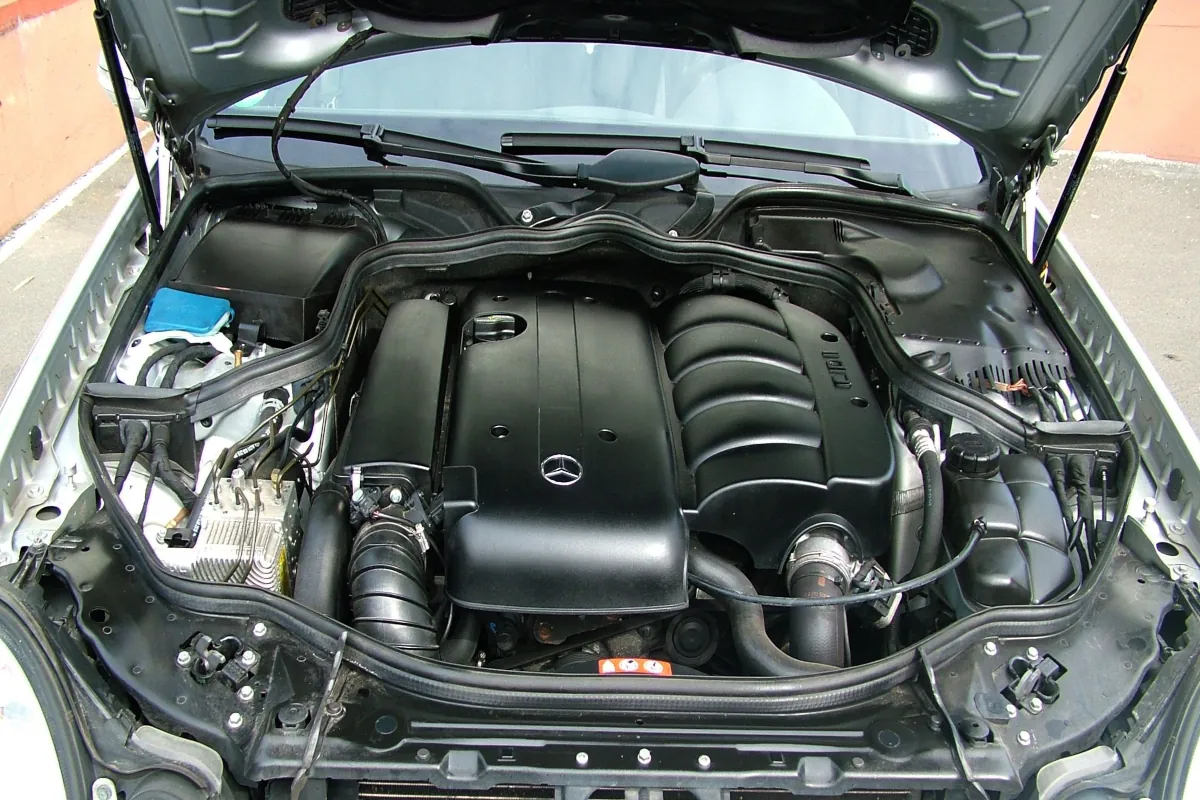Those who have cars with hydraulic power steering systems know for a fact how important it is to make sure that your car is filled with steering fluid because this is what allows the entire system to work.
So, as you are filling your power steering fluid, you might make a mistake and end up overfilling your car with fluid.
So, is it bad to overfill the power steering fluid?
Overfilling power steering fluid, is it bad?
Nothing will happen to the car if you overfill the power steering fluid, but there is still a possibility of damaging it. That is because when steering fluid heats up, it will expand and will spill all over your engine compartment. The fluid can get to the belts and damage them when they get slippery.

Normally speaking, overfilling the power fluid steering won’t damage the power steering system or the entire vehicle per se because of how the extra fluid will simply take up space in the reservoir.
But, then again, there is still the possibility that something bad can happen in the worst-case scenario. To be on the safe side, it is best to make sure you do not overfill your power steering fluid.
How full should the power steering fluid be?
One of the most important things that you need to know regarding your car is that power steering is one of the most important parts of maneuvering the entire vehicle.
While most people tend to forget how amazing power steering is, especially if they started driving right after power steering was introduced, this is one of the best innovations introduced in cars because of how it allows you to maneuver the vehicle easier.
That said, some cars still use the older hydraulic power steering system that relies on hydraulic steering fluid to work. That means that you need to make sure that your power steering fluid reservoir has enough fluid in it for it to work.
But how much fluid should you put in your power steering fluid reservoir?
There is no exact amount that you need to put in your power steering system because each car model has its own requirement, depending on the size of the vehicle. But, in most cases, it can be a bit difficult to tell how much fluid volume your vehicle requires.
In some cases, cars have a fluid container that is transparent so that you can tell how much fluid you need to add. Then there are also cases where you can use a dipstick to check the level of fluid you need to add.
Regardless of which method your car uses, the problem here is that the hydraulic power steering fluid can change in volume depending on its temperature.
Colder fluid has lesser volume compared to warm fluid. That means that the fluid can end up overflowing when the engine heats up because the fluid will begin to expand.
As such, it is important to make sure that you fill the reservoir up to the level that is right for your car without worrying about it expanding and overflowing.
So, if you want to make sure that you don’t overfill your fluid reservoir, it is best to fill it with fluid that is above the minimum mark. From there, close the cap and then turn the engine on to see up to what level the fluid rises. After that, add more fluid until you reach a good level that is not entirely up to the max but is certainly way above the minimum level.
The good news is that there are vehicles that actually have labels in relation to the level of the power steering fluid whenever it is hot or cold. This can be helpful if you want to make sure how far up the reservoir you should fill it.
Then there is another thing you need to understand here. When you are adding power steering fluid into the reservoir, it is best to put your car in idle and then lock your steering wheel to the left or the right.
What happens here is that the new fluid will be pumped the entire way throughout the power steering system. This is very important when it comes to changing or even topping up your power steering fluid because skipping this step can lead to an insufficient amount of fluid.
Finally, in most cases, a liter of power steering fluid should be more than enough for topping up your reservoir. However, if you want a clean flush, it is best to go for two liters.
Is it bad to overfill power steering fluid?
As mentioned, making sure that your power steering fluid reservoir is filled with enough fluid is important because the fluid is vital when it comes to how the power steering system works.
However, what happens if you actually end up overfilling the power steering reservoir with fluid?
So, if you end up overfilling the power steering fluid reservoir, there will be no direct effect or damage to the power steering system because what happens is that you will merely be putting more than enough fluid, which will take up the extra space in the reservoir. The power steering system will still work as well as it should without getting damaged by the extra fluid in the reservoir.
That means that the power steering will not get affected by an excess volume of power steering fluid added to the reservoir. Then again, you should know that this isn’t something that is totally okay because of how there is still a potential drawback.
What will happen if I overfill my power steering fluid?
As mentioned, nothing will happen to the power steering system if you overfill it with fluid. The system will still be okay per se in the sense that the fluid will not affect the way it functions.
However, what you should know is that there is still a chance that you may end up damaging the vehicle when you overfill the power steering fluid. This means that, while the power steering system might not get damaged, there is still a chance that the entire vehicle can end up getting damaged because of the mistake of overfilling the power steering fluid reservoir.
The reason why your power steering fluid can damage the car is that, as mentioned, the fluid tends to have more fluid when it is hot compared to when it is cold. Some people tend to top up their power steering fluid reservoir when it is cold, and overfilling it can easily happen when you do that.
So, if you filled the power steering fluid reservoir a bit over the max or even at the max level, what happens is that this fluid will continue to expand as the engine heats up. When it expands, it can spill out of the reservoir and make its way throughout the entire engine compartment.
This is a mess, for sure. But what can damage the vehicle is that the fluid can end up all over the engine bay and make its way to the belts. When that happens, the belts will get slippery and will end up getting damaged or, in the worst-case scenario, destroyed. When the belts get destroyed, you are possibly looking at thousands of dollars of potential repair costs that your insurance probably will not cover.
As such, it is very important for you to make sure that you are careful when topping up your power fluid reservoir. A simple mistake can potentially cost you thousands of dollars in repairs. And that is something that you don’t want to happen to your car or your bank account.
Is power steering fluid flammable?
While power steering fluid can be dangerous when it gets hot because it can expand and spill over your entire engine bay if you overfill the reservoir, the good news is that it is not a flammable liquid that can potentially burn your entire car when it makes contact with an extremely hot engine.
Sure enough, power steering will burn when it gets hot, but it will not burn up in flames. It can still burn, but it is not classified as a flammable liquid because its flammability is a lot lower than the liquids that are classified as flammable.
The reason why the power steering fluid is not flammable is that it has a flashpoint of 400 degrees Fahrenheit. Meanwhile, liquids that are considered flammable have a flashpoint that is lower than 100 degrees. That means that the power steering fluid has a flashpoint that is way above the threshold for flammability in liquids.
How do you remove excess power steering fluid?
If you made a mistake by overfilling the power steering fluid reservoir, the good news is that removing the excess fluid is actually quite easy because it doesn’t need a special tool. Instead, you can use a household tool that most homes tend to have.
All you need to use is a syringe or a turkey baster to remove the excess power steering fluid out of the reservoir. It may take some time for you to completely take the excess fluid out because syringes and turkey basters tend to have low capacities. However, it still is better than a damaged engine bay.
Sources
What Happens If You Overfill Power Steering Fluid?
Is It Bad to Overfill Your Power Steering Fluid Compartment?



